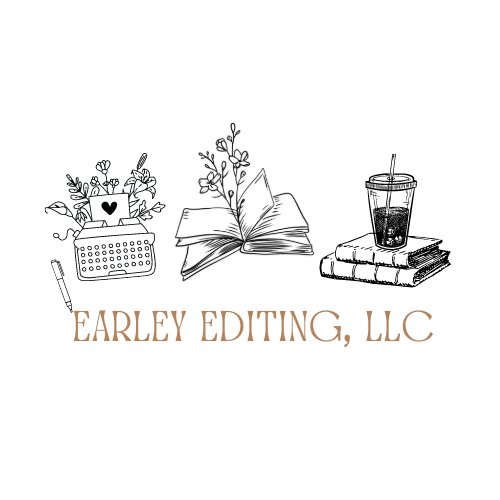Traditional Publishing, Hybrid Publishing, Vanity Press, Self-Publishing: What are the Differences?
With so many different publishing options, it can be difficult to research the differences, understand the differences, and determine which option is best for you and your book. It’s an overwhelming decision to think about. Let’s delve into the differences for the sake of helping you avoid a headache and hours of research.
Traditional Publishing, Hybrid Publishing, Vanity Press, and Self-Publishing are different approaches to getting a book into the market, and they come with distinct characteristics and processes. Here's a brief overview of each:
Traditional Publishing:
Process: Traditional publishing involves submitting a book proposal or manuscript to a literary agent or directly to a traditional publishing house. If accepted, the publisher handles editing, cover design, printing, distribution, and marketing.
Cost: The author does not pay upfront. Instead, the publisher bears the cost and pays the author royalties on book sales or provides the author with an advance.
Advantages: Access to professional editorial and design services, wider distribution, potential for literary awards, and “legitimacy” in the industry.
Hybrid Publishing:
Process: Hybrid publishing is a blend of traditional and self-publishing. Authors may pay for some services, but the publisher also invests in the book and provides a certain amount of marketing and distribution. Hybrid publishers typically have a selection process and offer professional services like editing, design, and distribution.
Cost: Authors may contribute to the publication costs, but they also share in the revenue from book sales.
Advantages: A middle ground between traditional and self-publishing, providing some support from the publisher while allowing the author to have more creative control.
Vanity Press:
Process: When it comes to vanity presses, authors pay a publishing company to produce and distribute their book. However, the quality of services may vary, and the focus is on generating revenue from authors rather than book sales.
Cost: The author bears the entire cost of publishing, and the publisher may not provide the same level of professional services found in traditional publishing.
Advantages: Quick publication, but often at the expense of quality. Authors may have control over certain aspects of the book.
Self-Publishing:
Process: With self-publishing, authors take full responsibility for the entire publishing process, including editing, design, printing, distribution, and marketing. They can use online platforms to publish and distribute their work.
Cost: Authors bear all costs upfront but retain full control over the creative and business aspects of publishing.
Advantages: Maximum control over the publishing process, higher royalties per book sold, and the ability to publish quickly. However, it requires more effort in terms of marketing and distribution.
Authors should carefully consider their goals, resources, and preferences when choosing a publishing path. Each option has its pros and cons, and what works for one author may not be the best fit for another.
